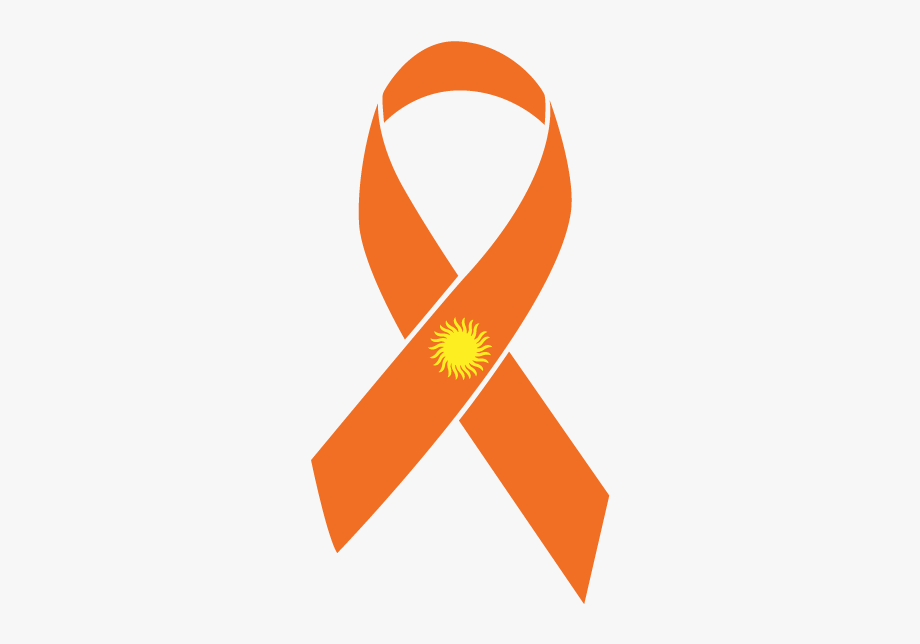Melanoma is the deadliest form of cancer: nearly 7000 Americans are expected to die this year from it. Melanoma treatment is difficult. It can act aggressively and come back repeatedly. This results in the need for repeated treatments.
And the treatments are not without risks and costs. Surgery is often indicated to take out the cancer, but if it comes back and surgery is no longer an option, patients are often forced to endure multiple rounds of chemotherapy and/or radiation.
These therapies are toxic and cause suffering, which is why researchers started looking at a way to deliver chemotherapeutic drugs topically, through a patch with very small needles (polymeric microneedles). But the needles themselves can be quite painful, particularly when the cancer is in sensitive places, like the eye.
Now, researchers at Purdue have developed a patch with nanoneedles. The nanoneedles are able to deliver the medication where it needs to go, when it needs to go (often over a period of time) and eventually dissolve into the patient’s body.
Hopefully, this less painful and less invasive method for delivering necessary cancer fighting medication will prove to be effective and reduce the stress and suffering of other delivery options. If it does, expect the standard of care for melanoma treatment to change to account for this scientific advance.




